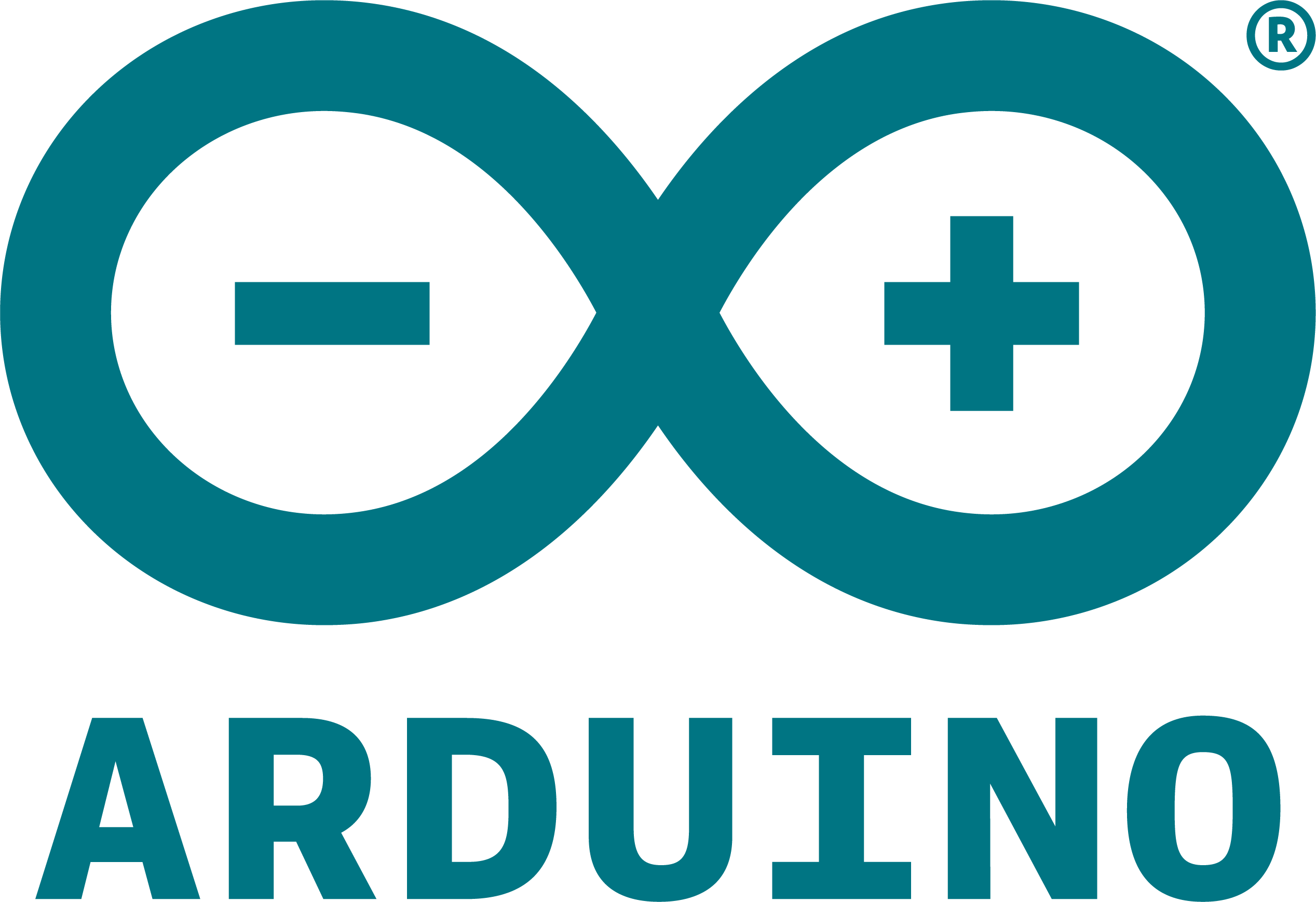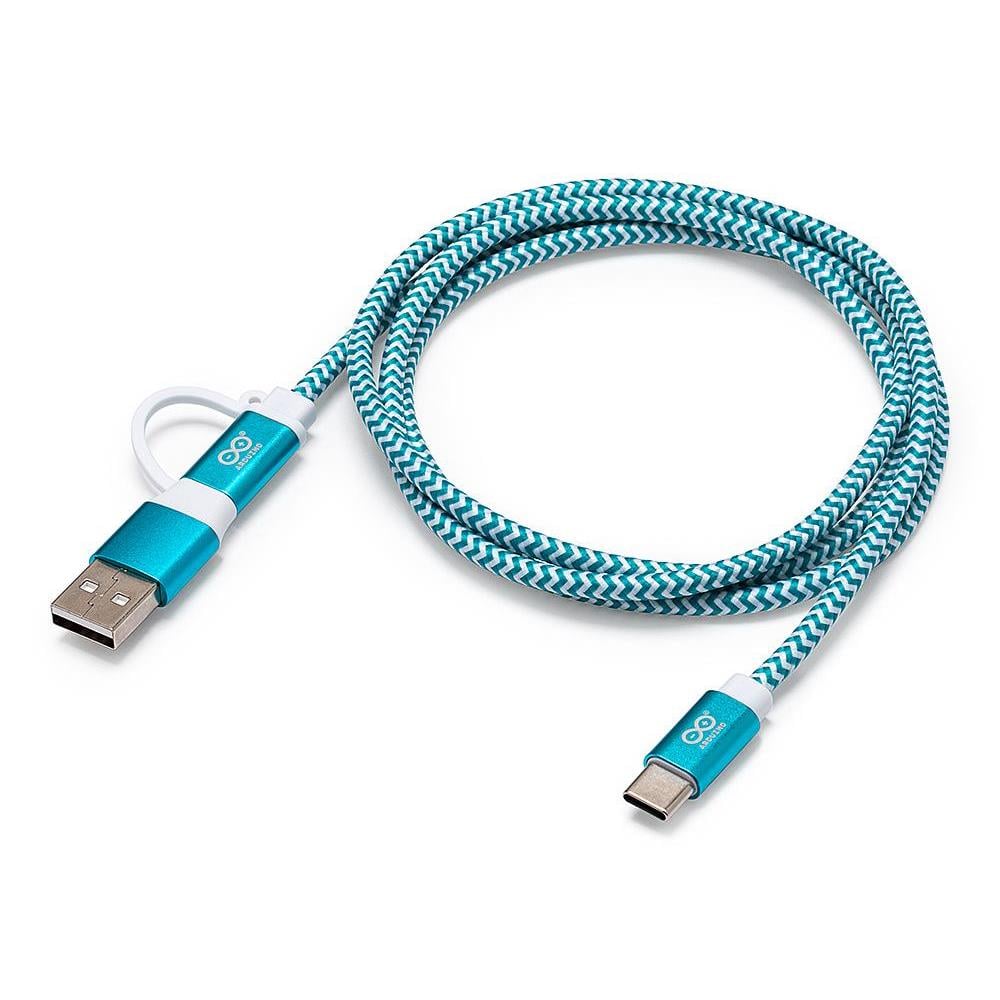
Arduino
Arduino is an open-source electronics platform that provides hardware and software solutions for building interactive objects and environments. With a mission to make technology accessible to everyone, Arduino offers easy-to-use tools and resources for people of all skill levels to explore and experiment with electronics. The company's flagship product, the Arduino board, is a microcontroller-based development board that can be used to create a wide range of projects, from simple LED displays to complex robots. Arduino also offers a comprehensive software development environment, including an integrated development environment (IDE) and a vast library of code examples and resources. These tools enable developers and hobbyists to quickly and easily prototype their ideas and bring them to life. In addition to its core products, Arduino has a thriving community of makers, enthusiasts, and educators who share their knowledge and collaborate on projects through forums, workshops, and events. Arduino's open-source philosophy and commitment to accessibility have made it a popular choice for hobbyists, educators, and professionals alike, driving innovation and creativity in the field of electronics and beyond.
USB Cables
Results:
3
Series
Length
Color
Configuration
Shielding
Specifications
Transfer Rate
Features
Wire Gauge
Results remaining:3
Applied Filters:
Arduino
About USB Cables
USB cables are widely utilized for transmitting data between devices or for powering and charging electronic devices. These cables feature USB interconnects on one or both ends, enabling seamless connectivity with various devices, particularly computers and external peripherals.
USB cables come in different configurations, lengths, specifications, wire gauges, shielding options, and styles, ensuring compatibility and optimal performance in diverse scenarios.
The configuration of USB cables refers to the arrangement of connectors at each end. Common configurations include female to female, female to male, male to male, female to cable, and male to cable. Each configuration serves specific purposes depending on the desired connection setup.
USB cables utilize different types of USB connectors, such as USB-A female/male, USB-B female/male, micro B female/male, micro A female/male, C female/male, mini A female/male, mini B female/male, and power male plug. These connectors have distinctive shapes and sizes, allowing them to interface with corresponding ports on devices.
The length of USB cables can vary to accommodate different spatial requirements and connectivity distances. They are available in various lengths, ranging from short cables suitable for close-range connections to longer cables that provide flexibility and convenience when devices are physically distant.
Specifications of USB cables may include data transfer rates (such as USB 2.0, USB 3.0, or USB 3.1), power delivery capabilities, and compatibility with specific USB standards.
Wire gauge refers to the thickness of the wires inside the cable. Different wire gauges offer varying levels of electrical conductivity and durability.
Shielding is an important feature in USB cables, as it helps reduce electromagnetic interference (EMI) and ensures reliable data transmission.
Lastly, USB cables exhibit different styles and designs, allowing users to select the most suitable option based on their preferences and needs.
In summary, USB cables are versatile tools that enable data transmission, power delivery, and charging for electronic devices. With various configurations, lengths, specifications, wire gauges, shielding options, and connector styles, these cables provide flexibility and compatibility across a wide range of applications.


